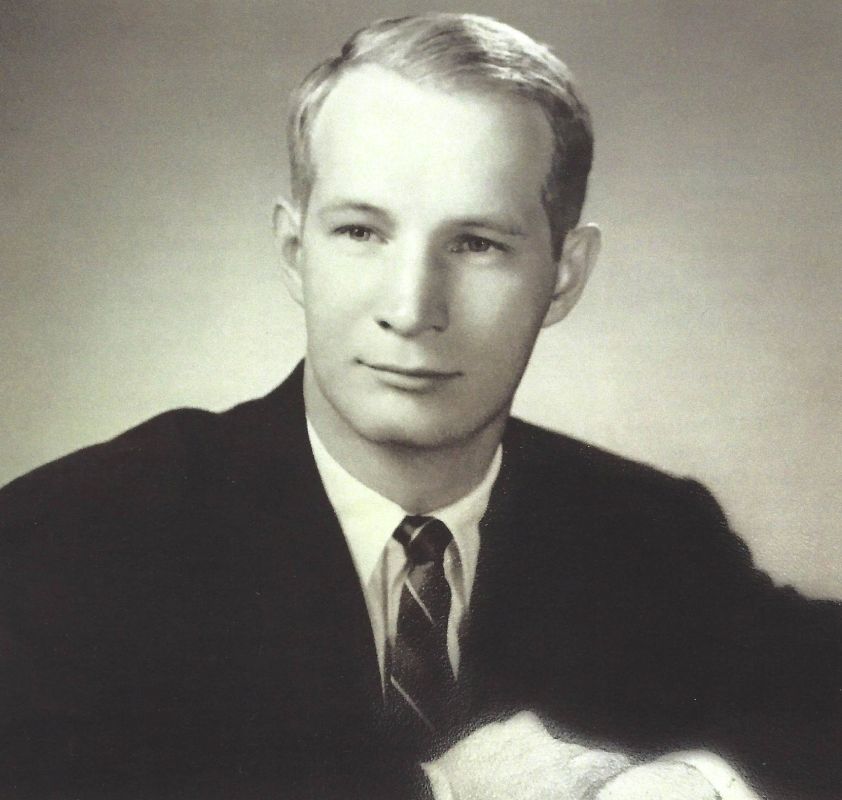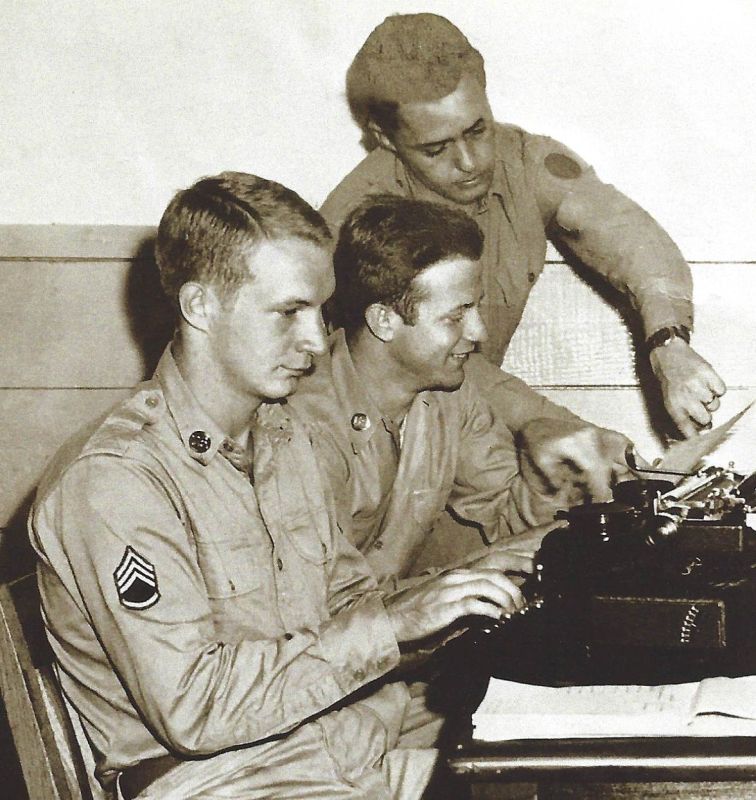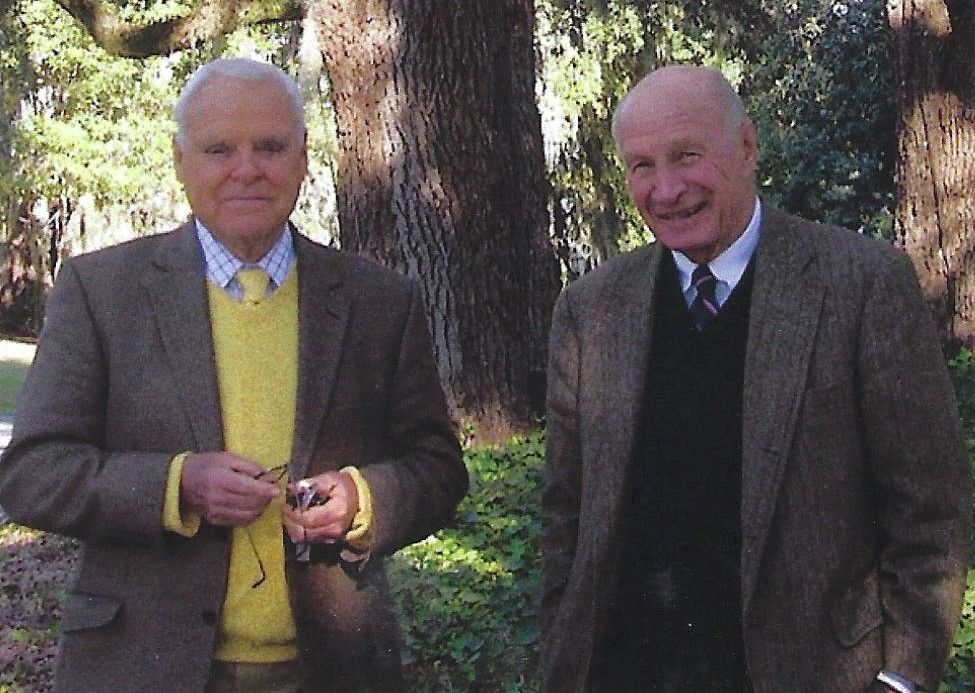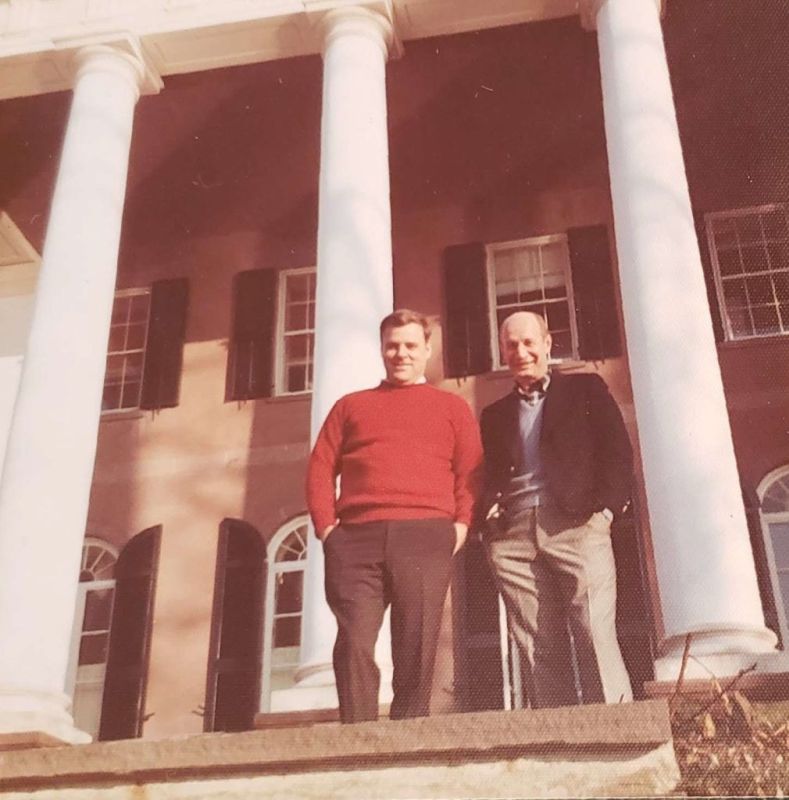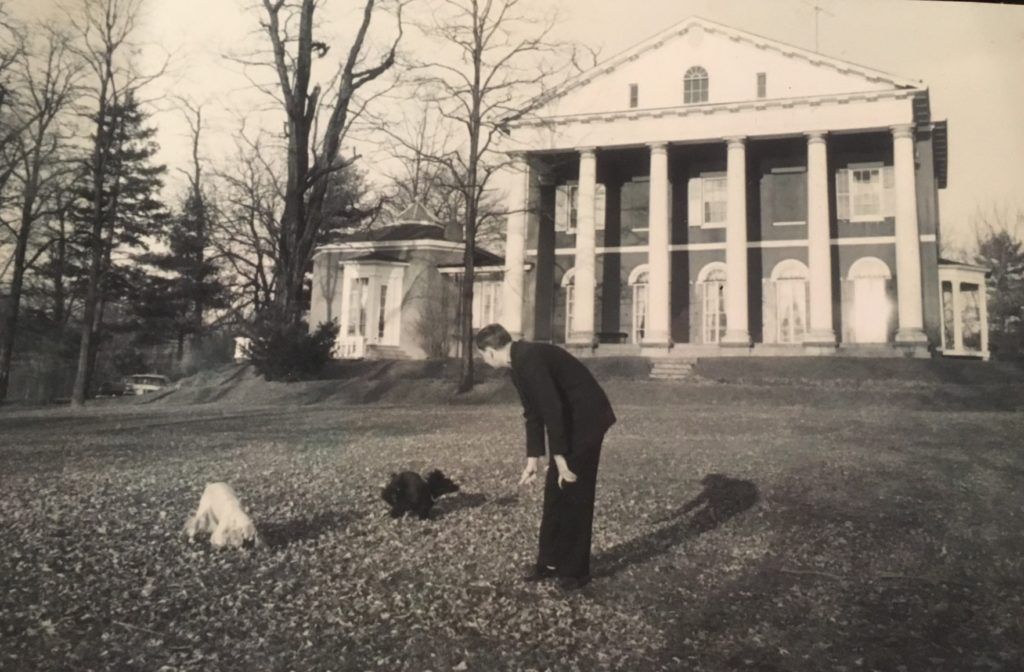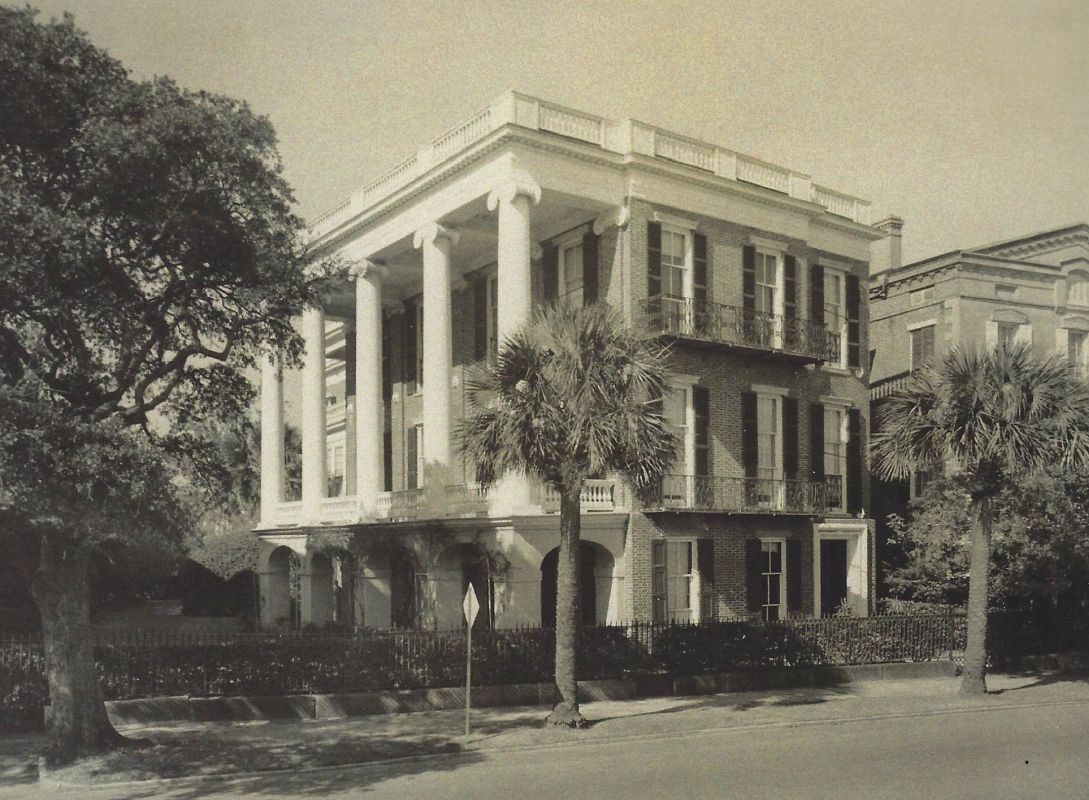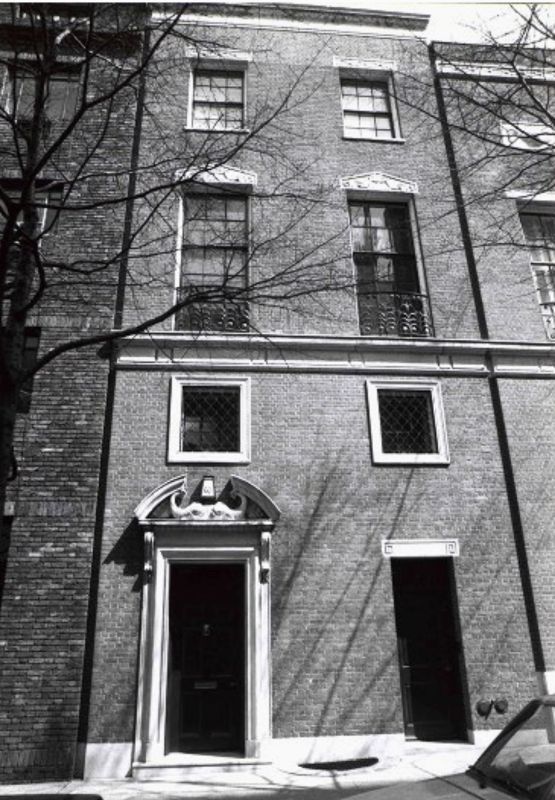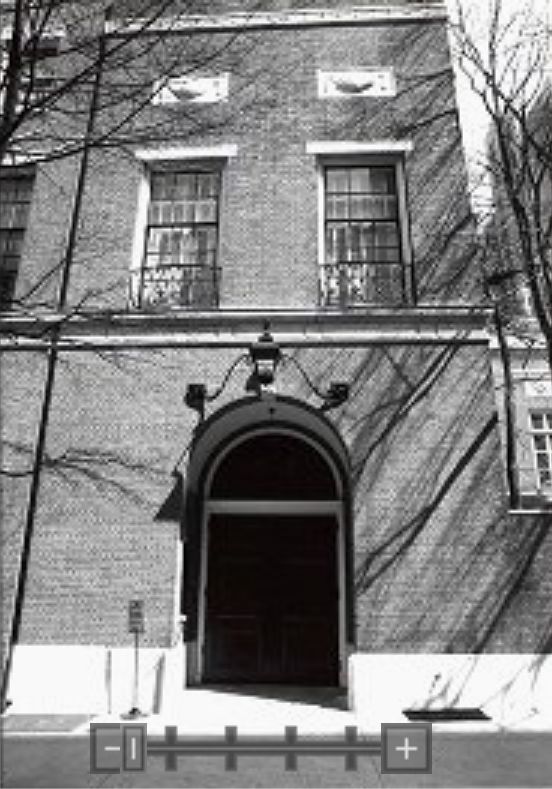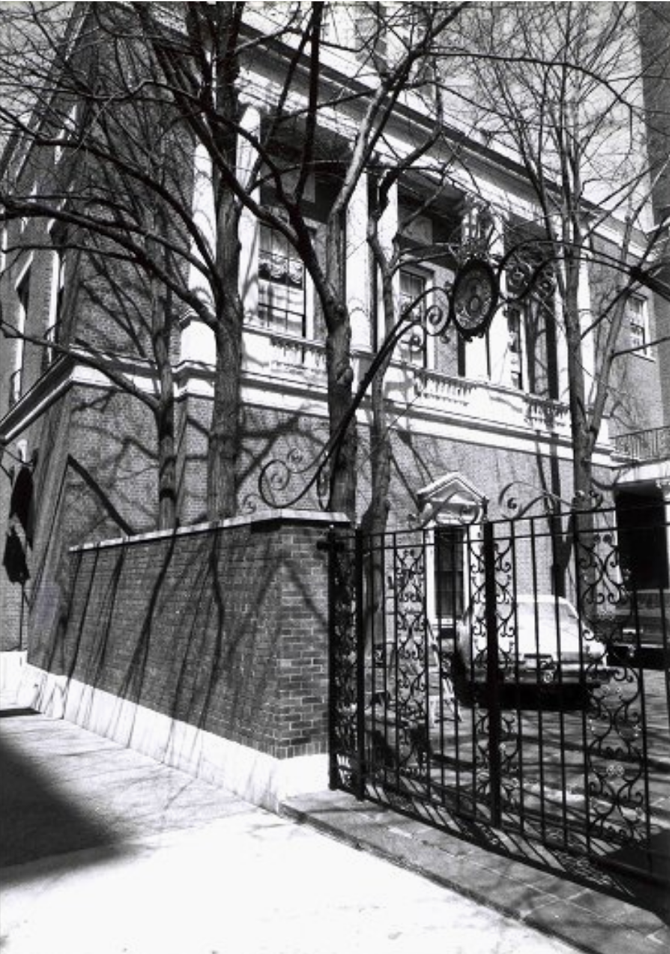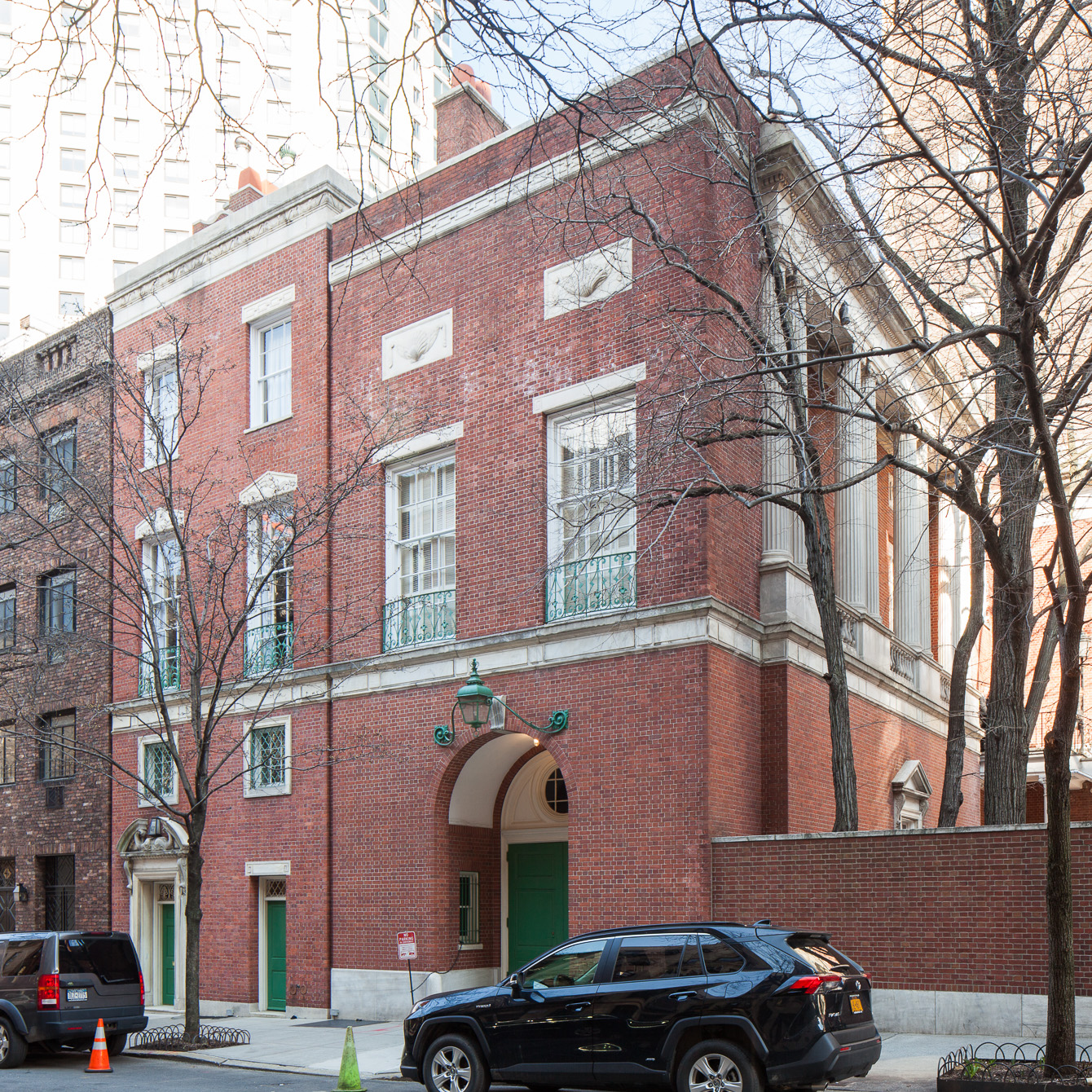
Dick Jenrette & Bill Thompson Residence
overview
This pair of Neo-Georgian houses was the New York City home of Wall Street securities executive and historic house collector Dick Jenrette and his partner Bill Thompson beginning in 1987.
While living here, Jenrette established the Classical American Homes Preservation Trust which has preserved four important early 19th-century mansions and opened them to the public.
History
The headline of his New York Times obituary declared that Richard Jenrette (1929-2018; generally referred to as Dick) was a “Wall St. Titan and Preservationist of Homes,” while the Financial Times identifies him as “the last gentleman of Wall Street with a passion for historic houses.” These headlines define the two aspects of Jenrette – both a leading figure in American finance beginning in the 1960s and a collector of historic houses.
Jenrette was born in North Carolina and attended the University of North Carolina, before serving in the Korean War. He then graduated from the Harvard Business School. In 1959, two Harvard friends, William Donaldson and Dan Lufkin, invited him to join them in establishing the first new securities firm in New York since the early 1930s. In 1970, Donaldson, Lufkin & Jenrette transformed its financial structure by organizing a public stock offering, starting a new trend on Wall Street. Jenrette became head of the company in the 1970s and in 1985 sold the business to Equitable Life Assurance, eventually becoming the chief executive of that firm. He retired in 1996.
In c. 1965, Jenrette met William Thompson (1928-2013; generally referred to as Bill) with whom he had a 45-year relationship, lasting until Thompson’s death. Wall Street culture in the final decades of the 20th century was still conservative and generally homophobic. For many years, when Jenrette had business guests in their house, Thompson was introduced as the house manager and had to use the back stair.
In 1968, while on an evening stroll in Charleston, South Carolina, Jenrette saw Roper House, a grand 1838 mansion on the Battery. It was, he said, “love at first sight,” and he soon bought the house, giving its former owner life tenancy on the lower two floors while he used the third floor. In New York, Jenrette owned a succession of historic houses, including the Federal style row house at 37 Charlton Street, which he meticulously restored both outside and in, and, briefly, 1 Sutton Place, which had been built in 1921 for Anne Vanderbilt. In 1987, Jenrette purchased the Neo-Georgian house at 67 East 93rd Street. Two years later he sold the house and moved next door to No. 69, only to repurchase No. 67 in 1996. These houses became Jenrette and Thompson’s New York City residence for the rest of their lives. Both houses had been part of a complex owned by George F. Baker, Jr., the chairman of First National Bank, a professional link that was a point of pride for Jenrette.
In addition to his New York City houses and Roper House, Jenrette bought and restored Ayr Mount in Hillsborough, North Carolina; Millford plantation in Pinewood, South Carolina; and most importantly, Edgewater, in Barrytown, New York, a magnificent c. 1825 mansion on the Hudson River that Jenrette and Thompson discovered together in 1969 while trespassing on the property, then owned by Gore Vidal. Jenrette soon purchased the house from Vidal and called it “the love of my life, architecturally speaking.” He and Thompson used it as their country retreat. Jenrette recollected these and other preservation ventures in his 2000 book Adventures with Old Houses.
In 1993, Jenrette established Classical American Homes Preservation Trust and eventually deeded his three Carolina houses and Edgewater to the organization in order to preserve them and open them to the public. Jenrette and Thompson furnished the houses with period-appropriate antiques, many by Duncan Phyfe, Jenrette’s favorite 19th century New York cabinetmaker. Thompson was closely involved with all of the restoration projects and often designed the window treatments, carpets, and other decorative details for the houses, acquired substantial libraries for each house, and planned their landscapes. Besides his personal preservation projects, Jenrette served as a trustee of the National Trust for Historic Preservation and as chair of the President’s Advisory Council on Historic Preservation.
Jenrette had a major impact on preservation, probably as much as any single individual.
After Jenrette’s death, as instructed in his will, the Trust sold the 93rd Street properties.
Entry by Andrew S. Dolkart, project director (July 2023).
NOTE: Names above in bold indicate LGBT people.
Building Information
- Architect or Builder: Delano & Aldrich
- Year Built: 1931 (No. 67); 1928-29 (No. 69)
Sources
“A Chronology of Richard H. Jenrette’s Historic Properties, Part I: The Houses” and “The Historic Houses of Richard H. Jenrette, Part II: The Interiors and Furnishings,” Classical American Homes Preservation Trust, bit.ly/3OraqIE.
Classical American Homes Preservation Trust, “Celebrating Richard Hampton Jenrette’s Life & Legacy,” annual report, 2017.
Laura Noonan, “Richard Jenrette, Banker, 1929-2018: The Last Gentleman of Wall Street with a Passion for Historic Houses,” Financial Times, April 27, 2018, bit.ly/46SrMoV.
Patricia Leigh Brown, “Old Houses, Just Gotta Have ‘Em,” The New York Times, December 19, 1996, C1.
“Richard Jenrette Took an Unconventional Path to Riches on Wall Street,” Wall Street Journal, April 27, 2018, bit.ly/3Y8uAKE.
Robert D. Hershey Jr., “Richard Jenrette, 89, Wall St. Titan and Preservationist of Homes, Dies,” The New York Times, April 24, 2018, B14. [source of pull quote]
“William Thompson,” obituary, The New York Times, November 28, 2013, B9.
Do you have more information about this site?
This project is enriched by your participation! Do you have your own images of this site? Or a story to share? Would you like to suggest a different historic site?
